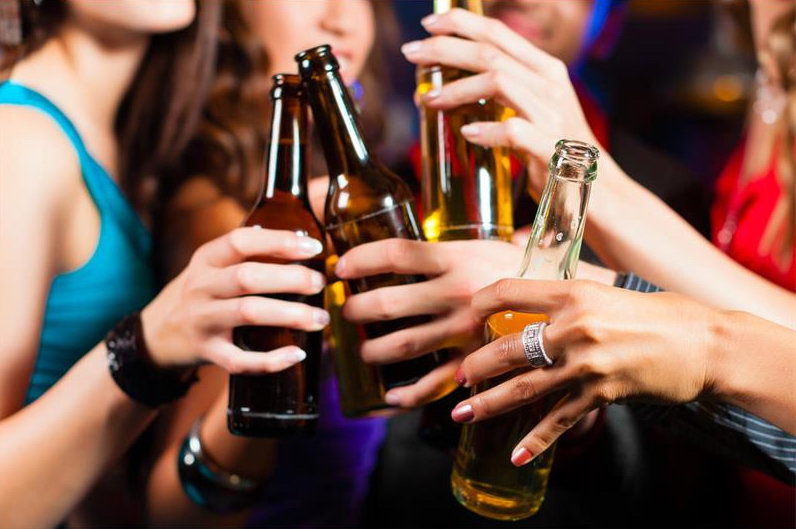Underage drinking is the consumption of alcohol by individuals below the minimum legal drinking age. Increasingly prevalent among teenagers and young adults, this behavior poses serious health, cognitive, and social risks. Understanding the dangers and consequences of alcohol consumption at a young age is critical for parents, educators, and public health advocates.
What Is the Minimum Legal Drinking Age in the United States?
In the United States, the minimum legal drinking age is 21. This law aims to reduce alcohol-related accidents, particularly car crashes involving teenagers, and to protect young people from the harmful effects of alcohol on their developing bodies and brains.
Historically, the drinking age was 18. However, authorities raised it to 21 to prevent accidents and fatalities. Despite this, many teenagers continue to drink secretly, often at home, parties, or fraternity events, which can still result in dangerous consequences.
How Teenagers Consume Alcohol Secretly
Teenagers often find ways to drink without adult supervision, such as:
- Private parties or gatherings in basements
- Fraternity or social club events
- Homes of relatives or friends
- In families with alcohol-dependent adults, older relatives may provide drinks
Even casual consumption of alcohol at this age can interfere with brain development and impair cognitive function.
How Alcohol Affects the Body and Brain
After consumption:
- 20% of alcohol is absorbed in the stomach, the rest in the small intestine
- It travels quickly to the brain, affecting communication between nerve cells
Effects on Brain Regions
- Cerebral Cortex – Controls senses and inhibitions. Alcohol reduces inhibition, leading to poor decision-making.
- Frontal Lobes – Responsible for self-control. Alcohol can trigger aggression, impulsive actions, and poor judgment.
- Cerebellum – Controls coordination. Alcohol can cause dizziness, poor motor coordination, and clumsiness.
- Hippocampus – Stores memories. Drinking can cause memory lapses, blackouts, and long-term learning difficulties.
- Hypothalamus – Regulates thirst, hunger, heart rate, and body temperature. Alcohol can disrupt these functions, leading to dehydration, abnormal heart rates, and hypothermia in extreme conditions.
Risks and Dangers of Underage Drinking
Teenagers who drink are at higher risk of:
- Poor decision-making and risky behavior
- Aggression and violence
- Susceptibility to sexual abuse
- Alcohol dependence later in life
- Car accidents due to impaired driving
- Brain damage and cognitive impairment
Even a small amount of alcohol can have a lasting impact on a developing brain, especially when combined with peer pressure and social stress.
Why Teen Drinking Leads to Addiction
Studies show that early alcohol exposure increases the likelihood of future alcohol dependency. Up to 40% of kids who start drinking before 15 may become alcoholics later. Underage drinkers often develop unhealthy coping mechanisms, turning to alcohol or other substances to deal with stress.
Underage Drinking Statistics in the United States
- Approximately 11 million underage drinkers live in the U.S.
- 5.5 million aged 12–20 engage in binge drinking
- Nearly 40% of 10th graders and 50% of 12th graders reported drinking in the past 30 days
- 1 in 16 teenagers binge drinks regularly
- Only 1% of parents believe their child has engaged in binge drinking
These alarming numbers underscore the importance of early intervention, education, and treatment.
Preventing Underage Drinking
Parents, schools, and communities can help prevent underage drinking by:
- Educating teens about the risks of alcohol
- Encouraging participation in sports, arts, and other constructive activities
- Monitoring social environments to limit unsupervised drinking
- Seeking professional help if a teenager shows signs of alcohol misuse
Early treatment and intervention have proven effective in reducing alcohol abuse and minimizing long-term damage.
Conclusion
Underage drinking is not just a harmless rite of passage—it has serious neurological, behavioral, and social consequences. Teenagers are especially vulnerable due to their developing brains, and early exposure increases the risk of addiction later in life. By raising awareness, educating young people, and providing support, parents and communities can reduce underage drinking and protect future generations.
